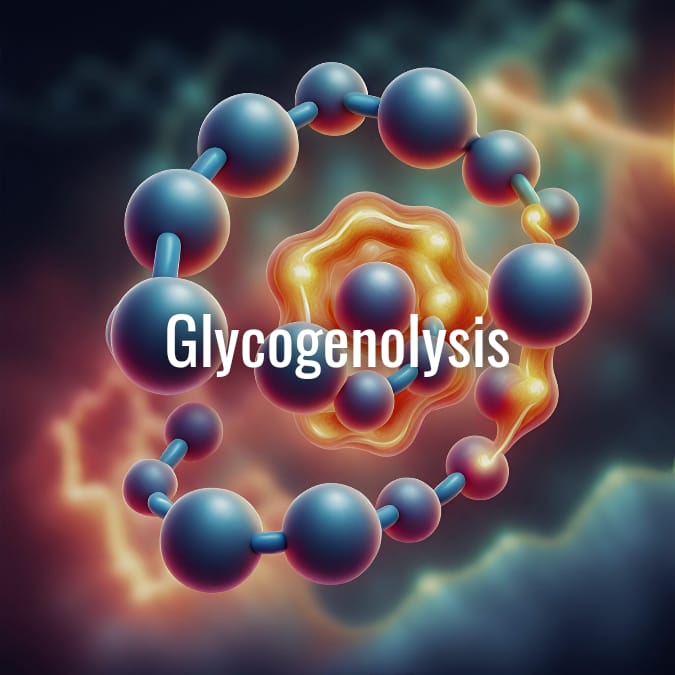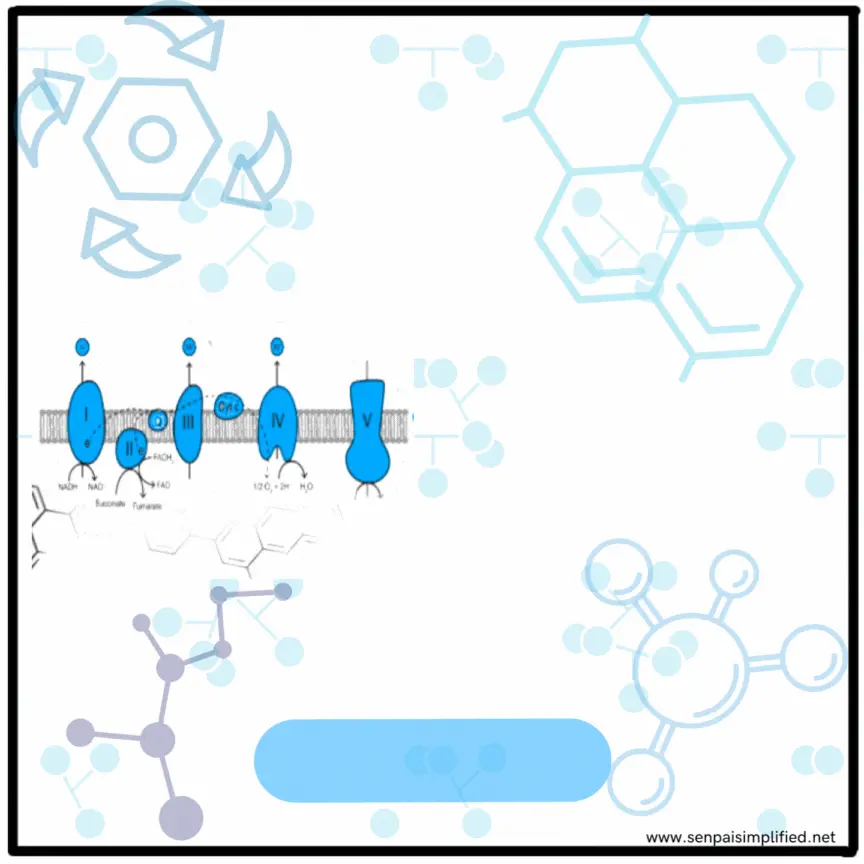The Pentose Phosphate Pathway (PPP) AKA Hexose Monophosphate Shunt (HMP Shunt) sounds complicated. But, it’s a series of chemical reactions that cells use to process sugars. Let’s break it down into simple, easy-to-follow steps. There are two main parts: the oxidative pathway and the non-oxidative pathway. Each plays a unique role in keeping your cells healthy and working efficiently.
G6PD — Glucose 6-Phosphate Dehydrogenase, NADPH - Nicotinamide Adenine Dinucleotide Phosphate (Reduced), NADP — Nicotinamide Adenine Dinucleotide Phosphate (Oxidized), TKT — TransketolaseTAL - Transaldolase, GA3P — Glyceraldehyde 3-Phosphate, Fru-6P — Fructose 6-Phosphate, 6-PG — 6-Phosphogluconate (6-Phosphogluconate is also referenced the diagram, but it is not abbreviated), R5P — Ribose 5-Phosphate, X5P — Xylulose 5-Phosphate, E4P — Erythrose 4-Phosphate
The Oxidative Pathway: Making NADPH and Ribulose-5-Phosphate
The oxidative pathway does two key things:
- Makes NADPH – This molecule helps your body fight off harmful substances. It also builds important molecules like fats and DNA.
- Creates Ribulose-5-Phosphate (R5P) – This sugar contributes to build the genetic material in your cells.
How It Works:
- It starts with glucose-6-phosphate (G6P), a sugar that’s already inside your cells that comes from physphorylation of glucose. This is discussed separately in the article on glycolysis.
- An enzyme called G6PD (glucose-6-phosphate dehydrogenase) steps in to start the process. This is the key step and your body carefully controls this.
- As the reactions happen, NADPH forms. This molecule is like a power bank for your cells, giving them the energy to do important work.
- By the end, the pathway makes ribulose-5-phosphate and a smaller amount of CO2 (carbon dioxide).
One cool thing about this part of the pathway is that it only moves in one direction. It’s like a one-way street: sugar goes in, and NADPH and ribulose-5-phosphate come out.
![]() Did you know?
Did you know?
The PPP is like a recycling plant? It reuses sugars and makes sure nothing goes to waste. It’s a great example of how efficient your body is at using resources!
The Non-Oxidative Pathway: Recycling and Sharing Sugars
The non-oxidative pathway takes the ribulose-5-phosphate made earlier and turns it into other useful molecules. These molecules can either:
- Be used to make more DNA and RNA.
- Be sent into the glycolysis pathway, which makes energy for your cells.
How It Works:
This part of the pathway is more flexible than the oxidative part. It’s like a two-way street. Sugars can be swapped, rearranged, or even sent back into the cycle to make ribulose-5-phosphate.
Some key players in this pathway include:
- Fructose-6-phosphate and glyceraldehyde-3-phosphate: These are sugars that can jump between the PPP and glycolysis.
- Special enzymes like transaldolase (TAL) and transketolase (TKT) help shuffle carbon atoms between molecules. It’s like a game of sugar Tetris!
- Other enzymes, like phosphopentose isomerase and phosphopentose epimerase, fine-tune the process.
This pathway consists of five steps, involving four types of reactions and four enzymes. It’s also reversible, which means ribulose-5-phosphate can be made from glycolytic intermediates like fructose-6-phosphate and glyceraldehyde-3-phosphate. Carbon atoms are exchanged between molecules in this part of the pathway.
By the end, the pathway connects with glycolysis, making sure nothing is wasted. This is how your body gets the most out of every sugar molecule.
Regulation of the Pentose Phosphate Pathway
The Pentose Phosphate Pathway is tightly regulated to meet the cell’s needs. Here’s how it works:
- The entry of glucose-6-phosphate into the PPP depends on the levels of NADP+ and NADPH. High levels of NADP+ activate the pathway, while high NADPH slows it down.
- The flow through the PPP also depends on what the cell needs:
- Mode 1: If the cell needs more ribose-5-phosphate (for making DNA), the pathway focuses on that. This is common in rapidly dividing cells. Ribose is formed from Glucose-6-Phosphate and From Glyceraldehyde.
- Mode 2: If the cell needs both NADPH and ribose-5-phosphate, the pathway balances the production of both.
- Mode 3: If the cell needs more NADPH than ribose-5-phosphate (e.g., in fat-producing tissues), the pathway prioritizes NADPH production.
- Mode 4: If the cell needs NADPH and ATP but not ribose-5-phosphate, the pathway adapts to produce both NADPH and energy.
![]() G6PD Deficiency
G6PD Deficiency
Sometimes, the enzyme G6PD doesn’t work as well as it should. This condition, called G6PD deficiency, mainly affects red blood cells (RBCs). Here’s what happens:
RBCs are exposed to oxidative stress caused by things like certain drugs (e.g., primaquine, sulfonamides, aspirin), fava beans, mothballs, or infections.
Without enough G6PD, RBCs can’t make enough NADPH to handle the oxidative stress.
As a result, the cells get damaged and break down in the spleen, causing anemia and jaundice.
However, there’s a silver lining! People with G6PD deficiency are often resistant to malaria. This is because their RBCs are less hospitable to the malaria parasite.
Why Is the PPP Important?
- Protects your cells: The NADPH made in the oxidative pathway helps fight damage from harmful molecules called free radicals.
- Builds essential molecules: Ribose-5-phosphate is used to make DNA and RNA.
- Flexibility: The non-oxidative pathway ensures flexibility. Your body can adapt to its needs. This adaptation can involve making more DNA or producing energy.

When the body is under oxidative stress, Hydrogen Peroxide (H2O2) forms. This also occurs when destroying pathogens through an oxygen dependent mechanism that exposes them to oxidative stress. If it is left as it is, it can harm healthy cells. So That's where the Pentose phosphate pathway comes into play. The reaction above shows how the H2O2 is neutralized. The final reaction in that is the first step of the PPP, which is catalysed by the G6PD enzyme. So This shows how the absence of G6PD will weaken the mechanism our body has to counteract oxidative stress. Hence, people who are G6PD deficient are easily prone to get oxidative stress from minor insults.
The Pentose Phosphate Pathway might sound tricky at first. However, it’s a smart and flexible system. It helps your body stay healthy and energized. Remember, it’s all about making the most of every sugar molecule and keeping your cells powered up!



